
| Photos
From Wyoming Tales and Trails |
 |

| Photos
From Wyoming Tales and Trails |
 |
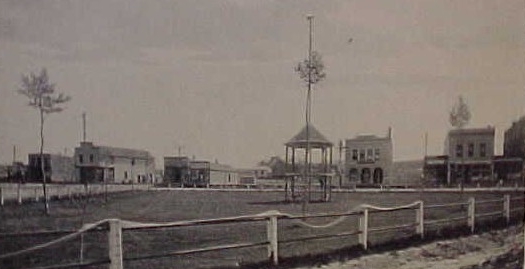
The Triangle, Kemmerer, Wyoming, approx. 1900, Photo by J.B.Roberts
Kemmerer, about 1930, Triangle to right. The J. C. Penney store depicted in photo opened in 1929. The original Golden Rule Store, opened in 1902 was at a different location and was located in a wooden building with a false front. 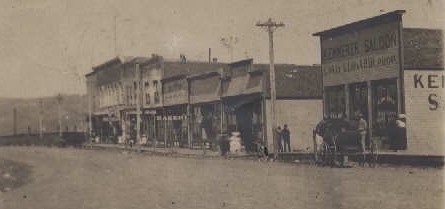
Kemmerer, Wyoming, 1907 Kemmerer is the site of the largest open pit coal mine in the United States. Coal was discovered in the area by John C. Fremont in 1843, but the first mines, opened by the Union Pacific, did not open until 1881, the same year that the Oregon Short Line Railroad commenced construction from its connection with the Union Pacific at Granger. Mining took on a greater significance in 1897, when Mahlon S. Kemmerer, who, with Patrick J. Quealy, formed the Kemmerer Coal Company. Kemmerer is also noted as the place where the giant retailer J. C. Penney started. On April 14, 1902 Johnson, Callahan and Penney opened their first "Golden Rule Store". The first day's receipts totaled $466.59. The store was open seven days a week, opening on Sundays at 9:00. At the time the town reputedly had a population of about 1000, a company store, and 21 saloons. |
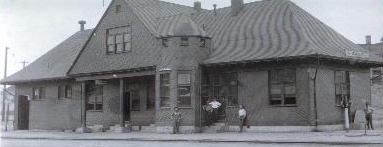 Oregon Short Line Depot |
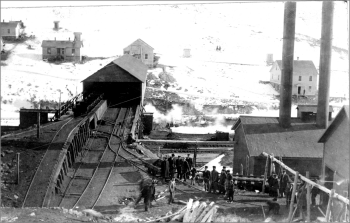 Pit mouth, tipple and boiler house, Mine No. 4, Susie, Wyo., 1912 On June 20, 1912, an explosion at the No. 4 Mine, owned by the Kemmerer Coal Co., killed 6. Mining has always been dangerous. On June 30, 1903, 169 were killed at Hanna, Wyo. An explosion at a mine in Monongah, W. Virginia in 1907, killed 362 men and boys and resulted in improved mine safty laws. Nevertheless, fatalities continued. Prior to 1910, when Congress formed the Bureau of Mines, fatalities exceeded 2,000 annually. |
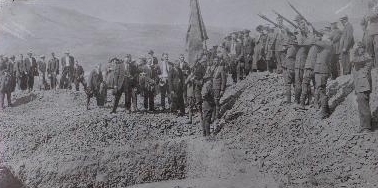 21 Gun Salute, August 14, 1923, Mine Disaster | 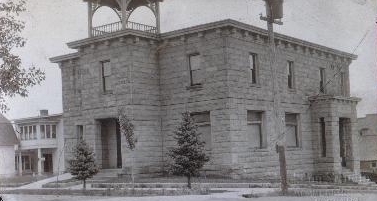 Kemmerer Town Hall, 1923
| 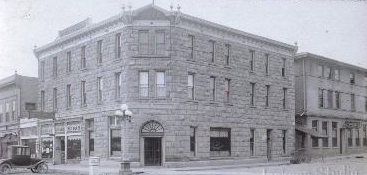 Odd Fellows Hall, Kemmerer, 1923 |
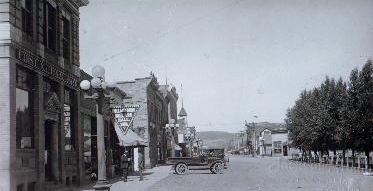 Kemmerer, 1923. |
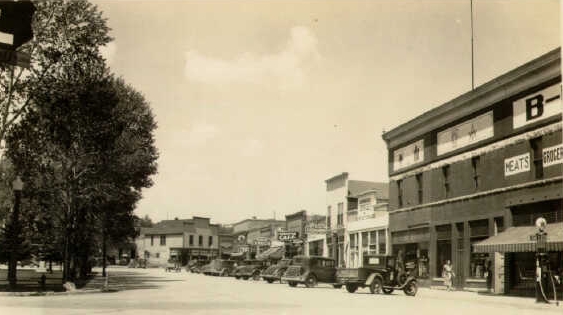 Kemmerer, late 1920's, Triangle to left. |